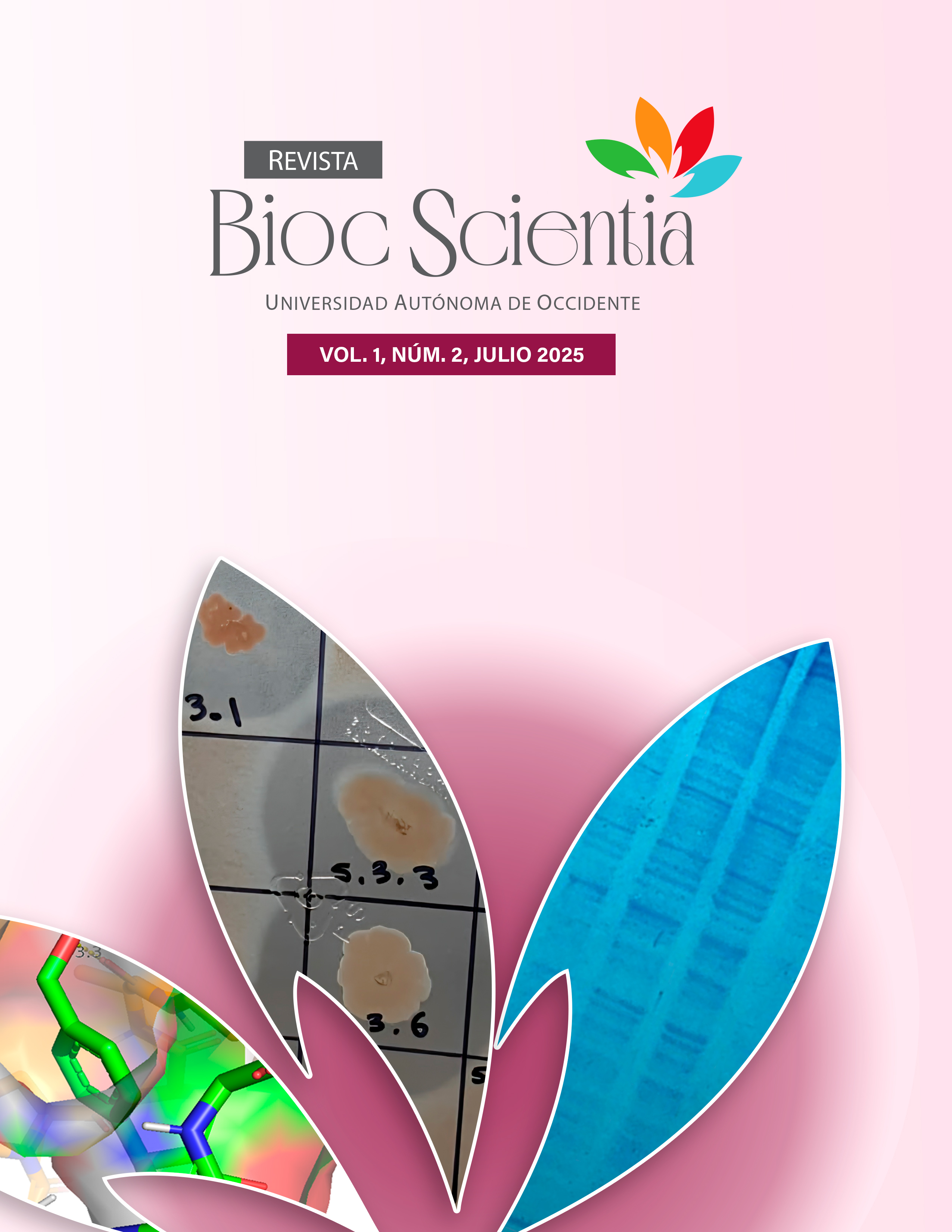Molecular docking, dynamic simulations, and network pharmacology approach to explore the therapeutic potential of Zanthoxylum armatum phytochemicals against Malaria
DOI:
https://doi.org/10.63622/RBS.2507Palabras clave:
Malaria, Zanthoxylum armatum, Plasmodium falciparum, Molecular docking, MD simulations, Network pharmacologyResumen
Malaria continues to be a global health challenge mainly due to drug resistance that necessitates the innovative approaches in pharmaceutical development. Therefore, in the present study, we investigated the therapeutic potential of natural plant-based phytochemicals from Zanthoxylum armatum against malaria. Based on pharmacokinetic and ADMET properties analysis, a total of 40 compounds were identified, and these were analyzed and screened in accordance with Lipinski rule of five. The Molecular docking, dynamic simulations, and network pharmacology approach was used to validate the role of selected phytochemicals against malarial target proteins such as PfAMA-1, Pf GST, and PfDHFR. Molecular docking experiments revealed the strong in-teractions of the three phytochemicals: Cuminal, Sabinene, and Phellandral with the key malarial targets. Molecular dynamic (MD) simulations further confirmed the stability and flexibility of these docked complexes. Furthermore, the network pharmacology analysis identified 23 common targets of these three active phytochemicals and malaria, some of these protein targets include ALB, CXCL8, NOS2, HMOX1, MPO, TNF, IL6, and PTPRC. These proteins are mainly involved in inflammatory response and oxidative stress, the key mechanisms involved in malarial infection, so regulating these targets may prove beneficial in treating Plasmodium falciparum-induced malaria. These findings provide strong basis for further in-vitro and in-vivo studies to validate the role of Cuminal, Sabinene, and Phellandral as substantial drug candidates against malaria.Descargas
Archivos adicionales
Publicado
2025-07-24 — Actualizado el 2025-07-28
Número
Sección
Artículos
Licencia
Derechos de autor 2025 Revista Bioc Scientia

Esta obra está bajo una licencia internacional Creative Commons Atribución-NoComercial 4.0.
Cómo citar
Molecular docking, dynamic simulations, and network pharmacology approach to explore the therapeutic potential of Zanthoxylum armatum phytochemicals against Malaria. (2025). Revista Bioc Scientia, 1(2). https://doi.org/10.63622/RBS.2507







